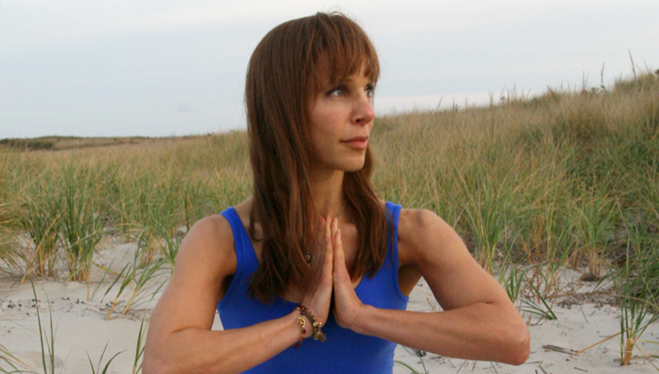The Five Inner Senses of Embodiment
Embodiment is a radical science, life-changing method, and lineage of ancestral wisdom that improves physical, emotional, and social well-being. Its key revelation is that the body has a mind—a power, presence, and awareness—of its own, and this awareness shapes us as much as we shape it. Many people are aware that well-being requires a strong mind-body connection. What isn’t yet common knowledge is what the body part of that connection entails. Over the last decade, science has shed new light on the factors that lead to well-being, but some of the most important insights into the body’s true potential haven’t yet reached mainstream understanding. From a young age, most of us are familiar with the five major senses that help us process the world around us: sight, sound, smell, taste, and touch. Yet no one tells us that we have inner senses, too, which help us perceive the world inside […]
The Five Inner Senses of Embodiment Read More »
